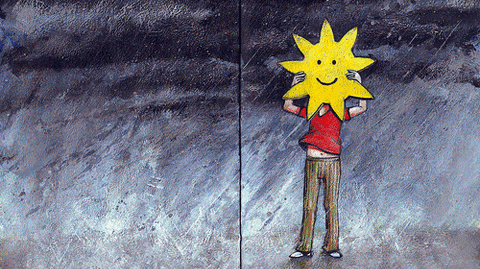 Physorg | For 1200 years, the Maya dominated Central America. At their peak around 900 A.D., Maya cities teemed with more than 2,000 people per square mile -- comparable to modern Los Angeles County. Even in rural areas the Maya numbered 200 to 400 people per square mile. But suddenly, all was quiet. And the profound silence testified to one of the greatest demographic disasters in human prehistory -- the demise of the once vibrant Maya society.
Physorg | For 1200 years, the Maya dominated Central America. At their peak around 900 A.D., Maya cities teemed with more than 2,000 people per square mile -- comparable to modern Los Angeles County. Even in rural areas the Maya numbered 200 to 400 people per square mile. But suddenly, all was quiet. And the profound silence testified to one of the greatest demographic disasters in human prehistory -- the demise of the once vibrant Maya society.What happened? Some NASA-funded researchers think they have a pretty good idea.
"They did it to themselves," says veteran archeologist Tom Sever.
"The Maya are often depicted as people who lived in complete harmony with their environment,' says PhD student Robert Griffin. "But like many other cultures before and after them, they ended up deforesting and destroying their landscape in efforts to eke out a living in hard times."
No single factor brings a civilization to its knees, but the deforestation that helped bring on drought could easily have exacerbated other problems such as civil unrest, war, starvation and disease.
Many of these insights are a result of space-based imaging, notes Sever. "By interpreting infrared satellite data, we've located hundreds of old and abandoned cities not previously known to exist. The Maya used lime plaster as foundations to build their great cities filled with ornate temples, observatories, and pyramids. Over hundreds of years, the lime seeped into the soil. As a result, the vegetation around the ruins looks distinctive in infrared to this day."
"Space technology is revolutionizing archeology," he concludes. "We're using it to learn about the plight of ancients in order to avoid a similar fate today."
































